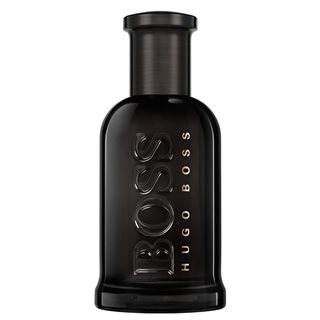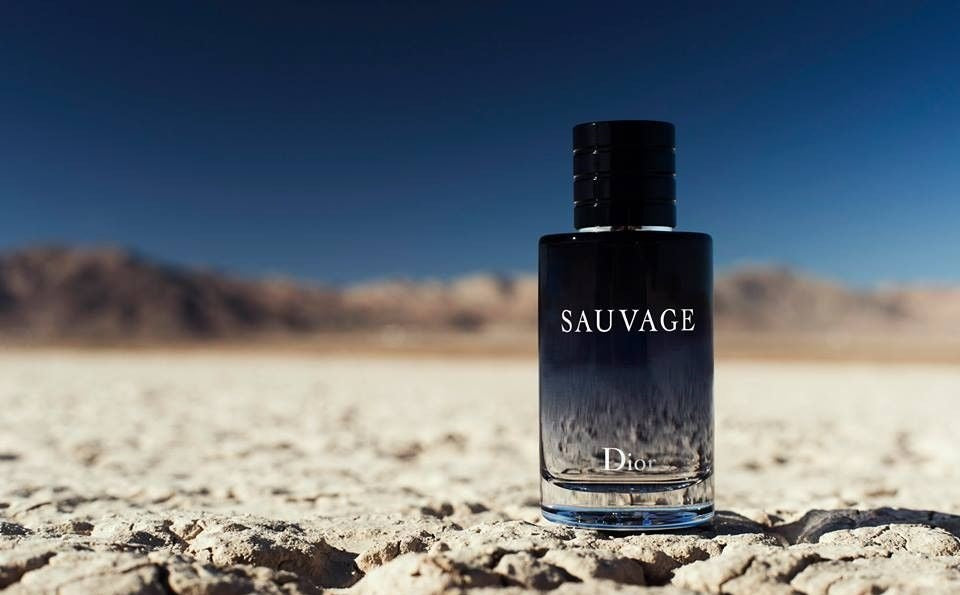How to Layer Perfumes for a Personalized Scent Experience
How to Layer Perfumes for a Personalized Scent Experience
Blog Article
From Timeless to Modern: A Trip Through the Advancement of Perfumes and Scent Trends
As we stand at the limit of perfumery's rich background, the journey from classic to contemporary scents beckons us to witness the detailed tapestry of scents woven with time. The development of perfumes and fragrance patterns mirrors the ever-changing landscape of social norms, artistic motions, and technological developments.
Historical Origins of Perfumery
The historic roots of perfumery can be mapped back to old people such as Egypt, Mesopotamia, and China, where aromatic oils and scent were used for spiritual ceremonies, rituals, and individual adornment. In ancient Egypt, perfumes held substantial social and religious relevance, with fragrances like cedarwood, incense, and incense being generally used. The Egyptians likewise established innovative methods for removing important oils from blossoms and plants, laying the structure for modern-day perfumery.
The renowned Legendary of Gilgamesh, one of the earliest surviving jobs of literature, even states the value of perfumery. The Chinese additionally established cutting-edge methods for mixing fragrances, which later affected perfumery methods in various other parts of the globe.
These ancient worlds not only valued the pleasant fragrances but also identified the symbolic and spiritual importance of perfumes, leading the way for the evolution of perfumery through the ages.

Development of Classic Fragrances
Having actually established an abundant historical foundation rooted in ancient civilizations, the advancement of timeless fragrances showcases the enduring influence and development that have specified perfumery in time. Traditional fragrances, such as Chanel No. 5, Shalimar by Guerlain, and Joy by Jean Patou, have actually stood the test of time by fascinating generations with their timeless fragrances. These famous fragrances typically include a harmonious mix of top, center, and base notes, creating intricate olfactory experiences that stimulate fond memories and refinement.
The evolution of timeless fragrances is noted by a balance between tradition and modernity. While these classic scents keep their original significance, perfumers consistently adapt to altering preferences by incorporating contemporary twists. Classic fragrances have motivated many contemporary creations, functioning as a structure for the advancement of new scent accounts and combinations.
In today's market, timeless fragrances stay preferred amongst consumers who value the beauty and sophistication connected with these famous scents. As perfumery continues to advance, traditional scents function as a tip of the enduring elegance and creativity that define the globe of perfumes.

Influence of Modern Innovations
A significant change in the fragrance market has actually been thrust by the assimilation of contemporary developments, reshaping the landscape of perfumery with advanced strategies and components. Developments in biotechnology have actually permitted the production of synthetic versions of all-natural fragrances, offering perfumers with a bigger variety of alternatives to deal with. Molecular distillation techniques have enabled the extraction of purer and much more concentrated essences, leading to the growth of longer-lasting fragrances.
Additionally, the use of expert system and artificial intelligence formulas has actually transformed the process of scent development by assessing consumer preferences and market trends to predict the next popular scent notes. This data-driven strategy has helped perfumers tailor their creations to fulfill the evolving needs of the marketplace. Furthermore, sustainable techniques have actually become a crucial focus in modern perfumery, with a growing emphasis on environment-friendly sourcing, production, and product packaging. By integrating these modern-day developments, perfumers are not only pushing the boundaries of imagination yet also aligning with the values these days's conscious customers.
Moving Fads in Fragrance Market
In the middle of the vibrant landscape of the fragrance industry, discernible changes in consumer choices and market characteristics are shaping the trajectory of perfumery fads. One noteworthy pattern is the climbing demand for lasting and environmentally friendly fragrances. Customers are becoming extra ecologically mindful, resulting in a preference for perfumes made from all-natural active ingredients and lasting manufacturing techniques.
Moreover, there is a growing rate of interest in unisex and gender-neutral fragrances as typical gender norms continue to blur. Brands are increasingly concentrating on producing scents that attract a diverse series of identifications and preferences, showing the evolving social attitudes in the direction of gender and originality.
In regards to scent accounts, tidy and fresh see fragrances are obtaining popularity, matching the modern choice for minimalism and simpleness. On the other hand, complicated and unique fragrances inspired by different societies and areas are likewise making a mark in the market, dealing with consumers seeking immersive and one-of-a-kind olfactory experiences.
Checking Out Olfactory Experiences Today
In the world of contemporary perfumery, the expedition of olfactory experiences today explores a varied tapestry of aromas that astound the senses with development and virtuosity. Modern perfumers are pressing boundaries by integrating non-traditional notes and unique mixes to produce olfactory work of arts that interest a wide variety of preferences.
One famous trend in present olfactory experiences is the rise of specific niche fragrances. These specialized fragrances cater to people looking for distinct and exclusive fragrances that set them apart from traditional offerings. Particular niche fragrances often concentrate on high-grade components and craftsmanship, offering users with a feeling of deluxe and individuality.
In addition, sustainability and eco-consciousness have actually ended up being essential to contemporary olfactory experiences. Perfume residences are significantly prioritizing eco-friendly techniques, from sourcing components ethically to using recyclable product packaging - perfumes. Customers are drawn to fragrances that not only scent beautiful yet additionally straighten with their worths of sustainability and duty
Conclusion

As we stand at the threshold of perfumery's abundant history, the trip from classic to modern-day scents beckons us to witness the complex tapestry of scents Recommended Reading woven through time. Traditional fragrances, such as Chanel No (perfumes). 5, Shalimar by Guerlain, and Delight by Jean Patou, have actually stood the examination of time by exciting generations with their timeless aromas. Traditional fragrances have actually inspired plenty of modern developments, serving as a Go Here foundation for the growth of brand-new scent accounts and combinations
In addition, the use of synthetic intelligence and machine learning formulas has revolutionized the process of scent production by examining customer choices and market fads to predict the next popular scent notes. As patterns change and new scents emerge, the journey via the evolution of perfumes uses a look right into the vibrant nature of the scent market and the long-lasting charm of scent expedition.
Report this page